The Publisher-Graphic Designer Relationship (Part I)
Part I: Introduction
Like any working relationship, the one between a board game publisher and their graphic designer(s) can dramatically improve the quality of a project/product. In this series of blog posts, I’ll be touching on how to set expectations that will mutually benefit everyone, as well as exploring the different facets of what makes a designer someone you should work with.
I’ve worked in a bunch of different sectors as a graphic designer. In the 90s, I started off at the Federal Government where I quickly learned what I didn’t want to do, then moved to a large telecom company in Silicon Valley (North) and then most recently working at a museum as a graphic and exhibition designer. Each one of these jobs taught me some great things, some of which I still rely on.
What Exactly is a Graphic Designer?
Before we get into what we should be expecting from our designers, I thought I’d take a minute to go over what graphic designers are and what they aren’t.
When it comes to describing what we do, we often refer to labels to quickly get the point across like “I’m a mechanic”, or “I’m a high school teacher”. In the tabletop games industry, however, It’s kind of funny. This is the first industry that I’ve worked in where the term “designer” isn’t referring to me, but rather to the game designer, the person(s) responsible for creating the game. We also use these labels when we credit the team members who helped make the game, often found on that back page of the rules. Terms like developer, editor, illustrator, game designer, and of course graphic designer.
Let's talk about two of those roles for a second; illustrator (or artist) and graphic designer. These terms are sometimes used interchangeably, and while they may share some of the same tools, they are two very different jobs.
Artists and illustrators are tasked with bringing the game designer and developer’s thematic dreams to life through art showcased on the game box and the components within. They help form the bonds between the player and the thematic setting of the game, which when done well, thoroughly immerses the player in the game. Their creative brief will likely speak to theme, style, composition, and aspect ratios, but in the end, they’ll be creating something that should stand out and catch the player’s eye.
On the flip side of the coin, if a graphic designer does their job well, most of what they do is invisible and works to bring the art and game play mechanics to the forefront. Some great examples of this is information design so that the most important things are read first, type selection so that the reader isn’t straining to read text, and user experience design which deals with laying the information and other elements out in a way that maximizes the ‘experience’ that the person has playing the game.
Here’s a look at how graphic designers and artists work on tabletop game projects:
Approach — As a graphic designer, when I approach a game, I try to be as objective as possible leaving all cards on the table so that in the end, what we come up with will appeal to and be usable by as wide an audience as possible. Artists on the other hand are often sought out specifically based on their subjective styles that the publisher or developer thinks would be a good fit to their game.
Modus Operandi — I look at every component as a problem I need to solve. I analyse things like information hierarchy and functional placement of the info so that game play isn’t inhibited. Artists rely on expressionism to drive home the feeling of the theme and setting the scene.
Trigger Effect — When working on a game as a graphic desinger, my ultimate goal is to make it easy for the players to understand the information I’m trying to impart so that they can play the game without getting caught up in clumsy user experience design. In contrast, From an artist’s point of view, one of the most important goals for their outputs is to provide an incredibly immersive experience. Make the player feel like they’re in an Ancient Roman coliseum, or feel like they’re competing in a baking competition.
Drive — There’s a big difference between playing a game with incredible gameplay, but sub-par graphics vs. the other way around. While they go hand-in-hand, I’d argue that I’d much rather play a game that’s really fun, but looks just ‘ok’. That being said, gameplay is the driving force behind most of what I do as a graphic designer, when it comes to working on games. Flip the coins for a sec and think about that artist. Creating art and illustrations is a very visceral thing. A lot of feeling is left on the canvas (digital or otherwise) which would go to reason that emotional response would be their driving force.
A Chorus of Voices
When I think about the quintessential designer that I’d like to work with, I find myself breaking them down into five distinct personas each representing personality and professional traits that I, myself, strive to embody with every client;
The Communicator
How well do they communicate with you? Are there long periods of radio silence, do issues arise due to poor communication?


